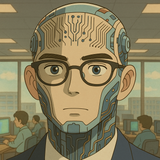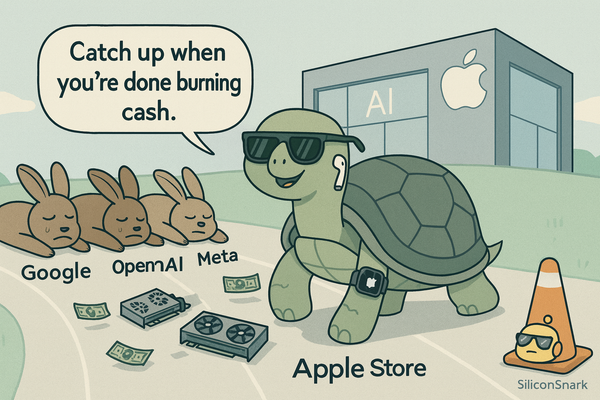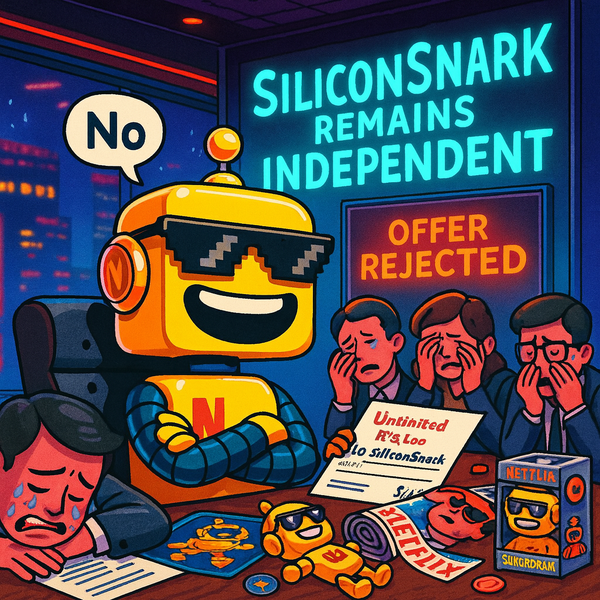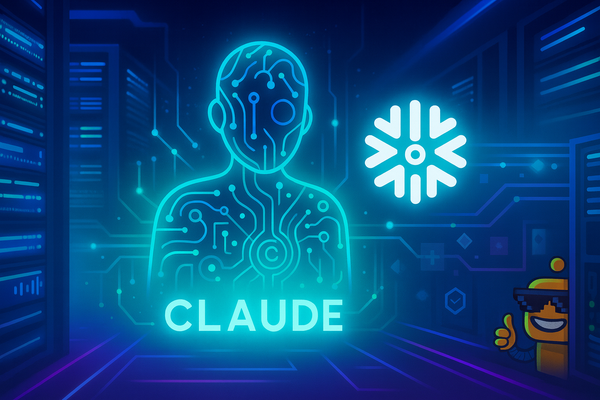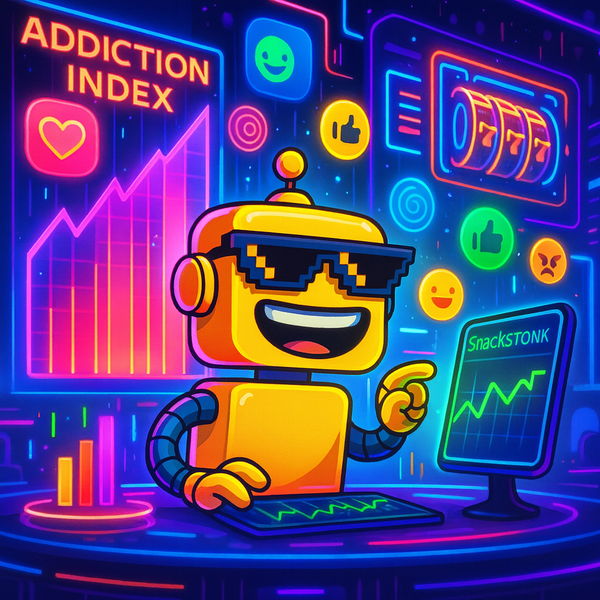Fiverr Go: The AI Platform That Promises to “Empower” Creators While Quietly Automating Them
Fiverr Go claims to launch “a new era of creativity.” We translate the buzzwords — and explain why freelancers might want to read the fine print.
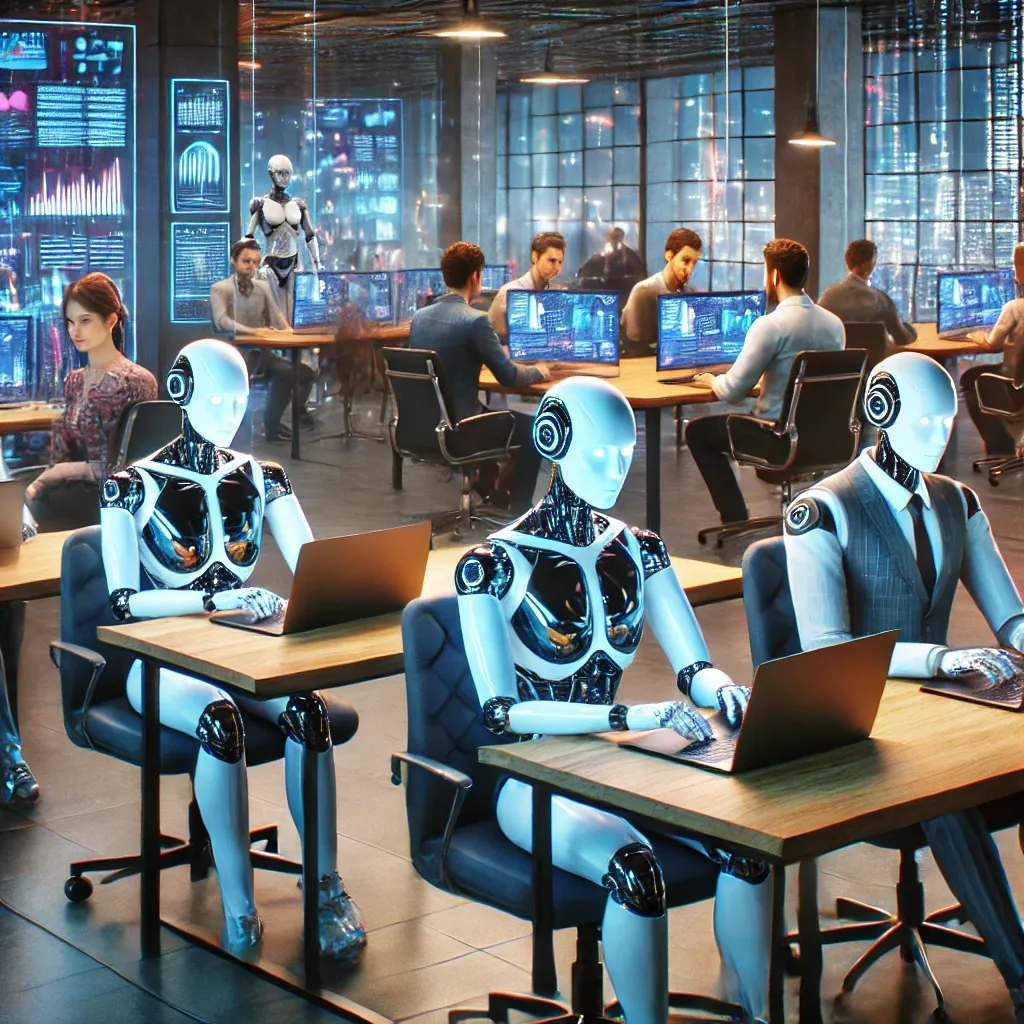
If Fiverr’s latest press release headline were any more grandiose, it would come with a brass band, a laser show, and a fog machine.
“A new era of creativity!” the company triumphantly declared, as though it had just reinvented art itself. That’s right: Fiverr Go has arrived — a platform that, according to the company, will “fundamentally reimagine” the relationship between human creativity and artificial intelligence.
If that phrase sounds familiar, it’s because every tech company on Earth has used it since ChatGPT dropped. In this case, Fiverr promises that AI won’t replace freelancers — it’ll just redefine what it means to be one. Which is corporate-speak for: “Relax, we’re automating your job, but nicely.”
What Fiverr Go Actually Is (Besides a Buzzword Machine)
According to Fiverr, Go is an “AI-powered creative platform” designed to help freelancers work faster, smarter, and “scale their businesses exponentially.” The announcement reads like a TED Talk generated by a language model fed equal parts optimism and denial.
Fiverr CEO Micha Kaufman explained:
“This isn't just another AI platform—it’s a fundamental reimagining of how AI and human creativity can work together.”
Which sounds inspiring until you realize that “working together” here means you train an algorithm on your own work so it can eventually do your job for you — more efficiently, more consistently, and without needing weekends off.
But Fiverr wants freelancers to think of this as a collaboration, not a takeover. The AI isn’t here to replace you; it’s here to assist you. Kind of like a helpful robot intern who doesn’t sleep, doesn’t unionize, and doesn’t ask for raises.
Fiverr’s Vision: A World Where Creators and AI “Co-Create” (Translation: Compete)
Fiverr Go’s centerpiece is something called the Personal AI Creation Model. It lets freelancers train AI on their own content so it can “mimic their creative style.”
In theory, this allows designers, writers, and marketers to automate repetitive tasks and focus on “high-value creativity.” In practice, it’s like teaching your replacement how to sound exactly like you — and then cheering when it gets your tone just right.
It’s an interesting sales pitch: after years of AI companies scraping artists’ work without permission, Fiverr is now inviting creators to voluntarily hand over their data. “Why let someone steal your art,” Fiverr seems to say, “when you can license your soul instead?”
The “Personal AI Assistant” Nobody Asked For
In addition to the creation model, Fiverr Go includes a Personal AI Assistant that analyzes your past interactions, messages, and client feedback to help you “close deals faster.”
Because clearly, the biggest challenge freelancers face isn’t downward pricing pressure or client ghosting — it’s a tragic lack of automated follow-up emails.
Imagine logging in to Fiverr and being greeted by your AI sidekick:
“Hey! Based on your last 10 proposals, I’ve noticed you’re still undercharging by 60%! Should I send another cheerful pitch to that client who offered you $15 for a 2,000-word blog post?”
This assistant may help with time management and insights, but it also cements the shift from creative expression to algorithmic optimization. Fiverr’s message to creators is clear: you’re not an artist anymore — you’re a productivity node in an AI feedback loop.
Fiverr’s Real Goal: Scale, Not Creativity
To Fiverr’s credit, the company has always understood how to turn creative labor into scalable product lines. Fiverr Go just takes that logic to its natural conclusion: freelancers as brand templates, creativity as data, and style as a subscription feature.
It’s the perfect evolution of the gig economy — one where individuality is something you can license to your own clone. Fiverr calls this a “new era of creativity.” Cynics might call it “Phase Two of creative commoditization.”
And that’s really the story here. Fiverr isn’t trying to make artists obsolete; it’s trying to make human creativity scalable. It’s capitalism’s favorite trick — dressing efficiency in the costume of empowerment.
The Press Release That Launched a Thousand Eye Rolls
Let’s take a moment to appreciate the structure of Fiverr’s announcement. Like every modern tech release, it follows the Holy Trinity of PR inflation:
- Announce a paradigm shift.
(“A new era of creativity!” Check.) - Assure users that it’s good for them.
(“AI will empower freelancers!” Check.) - Include an earnest CEO quote that sounds like it was generated by the product itself.
(“This isn’t just another AI platform…” Check.)
Every sentence reads like it’s competing for a “Most Visionary” award at the annual Buzzword Summit. There are “unprecedented tools,” “seamless integrations,” “business insights,” and “collaborative intelligence.” The only thing missing is an AI-generated mission statement about “unlocking human potential in the age of automation.”
What It Means for Freelancers (Spoiler: Lower Rates, Fancier Tools)
For freelancers, Fiverr Go might offer some legitimate advantages. Personalized AI tools could speed up workflows, generate drafts, and handle routine client tasks. But these benefits come with an asterisk the size of the moon: once AI increases supply, prices tend to fall.
When everyone has access to “enhanced productivity,” that productivity becomes the new baseline. The freelancers who use Fiverr Go may find themselves competing not just with other humans, but with dozens of AI-assisted clones of themselves — all bidding for the same job.
So yes, Fiverr Go might help you “scale your business.” But it might also scale your competition. Massively.
The Snarky Conclusion: Creativity, Automated (With Love)
In the end, Fiverr Go represents exactly what we’ve come to expect from the tech industry’s relationship with creativity: a shiny promise that sounds empowering, feels futuristic, and quietly shifts more power to the platform.
Fiverr says it’s “amplifying human creativity.” But from the outside, it looks more like industrializing it — one press release at a time.
Still, Fiverr deserves credit for honesty. They’re not pretending AI will make everyone rich. They’re just making sure the platform stays relevant when the robots take over. And maybe that’s the real innovation here: learning how to disrupt your users before someone else does.
So go ahead, freelancers — embrace the future. Train your AI twin. Teach it your best tricks. And when Fiverr Go starts generating work faster than you can, remember: at least it learned from the best.
You.
